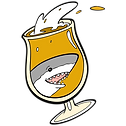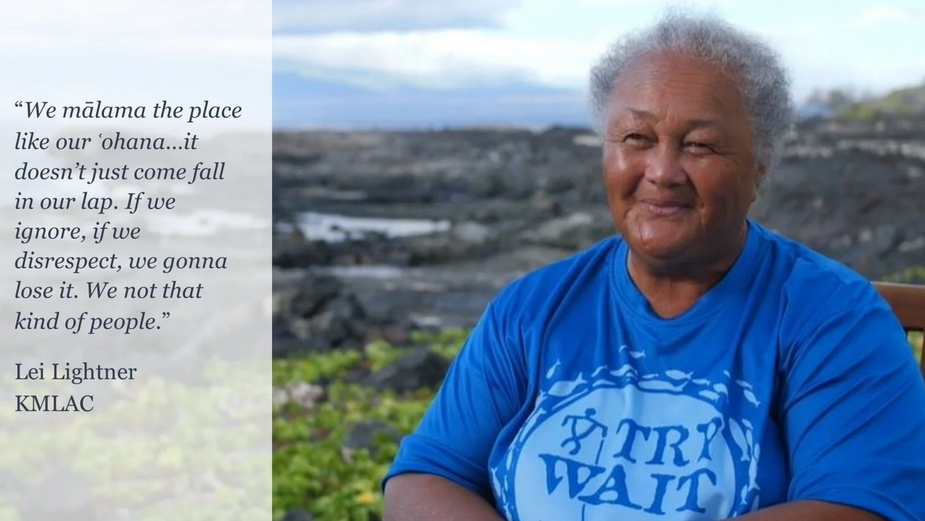A World of Worlds
- Ocean Hoptimism

- Sep 15
- 4 min read
Updated: Sep 27
Why Conservation is About More Than Just Saving Species
The secret lives of others are not just different; they are entirely different realities. Protecting them means protecting their unique ways of experiencing existence.
The world we see, hear, and feel is not the only world. Our human reality, with its vibrant colors, complex languages, and vast social structures, is just one of countless realities coexisting on this planet. Every creature, from the smallest insect to the largest whale, inhabits its own Umwelt: a term coined by biologist Jakob von Uexküll in the early 1900s. This concept, derived from the German word for "environment" or "surrounding world," describes an animal's unique, subjective world, a perceptual bubble defined by what it can sense and what holds meaning to it.
For a tick, the world might be a simple, three-part symphony: the scent of butyric acid from a mammal's skin, the warmth of its body, and the texture of its hair. A bat navigates its world not through sight, but through a tapestry of echo-textures: a sonic landscape of reflected sound waves. Deep in the crushing darkness of the abyss, a giant squid's world is a fleeting flash of bioluminescence, the signature glow of an approaching sperm whale. These aren't just different perspectives on the same world; they are entirely different realities, built from different senses and different needs. This is the profound insight of Umwelt... there isn't one "natural world," but a vast, overlapping mosaic of them.

The Invisible Made Visible
The idea of Umwelt brings to light the invisible costs of our actions. What we perceive as harmless or even imperceptible can be a catastrophic event in another creature's sensory world. Take, for example, the relentless glow of light pollution. To us, it's a minor inconvenience or a sign of modernity. To a sea turtle hatchling, however, it's a fatal distraction that erases the celestial cues guiding it toward the life-giving ocean, instead luring it inland to its death.
Similarly, the thrum of ocean-going ships and industrial sonar, a mere background hum to our ears, can entirely mask the complex songs of whales, crucial for their communication, navigation, and mating. The "same" ocean, teeming with life, is a profoundly different world for each of its inhabitants, and our actions are constantly reshaping these delicate perceptual realities.
Beyond the Bubble
While the concept of Umwelt is powerful, it's not without its critiques. One might be tempted to think of each species as sealed within its own isolated bubble, an island of perception. But this view is too simplistic. Ecology shows us that these worlds are not sealed; they constantly overlap, collide, and co-evolve. Life is deeply entangled, not siloed. Raccoons adapt their sensory worlds to navigate human cities, finding new sources of food and shelter in our refuse and structures. Corals and algae co-build vast, intricate reefs, each shaping the other's environment and, in turn, their sensory experience of it. These interactions prove that the boundaries of one Umwelt are constantly being reshaped by another.
Another potential pitfall of the Umwelt concept is the risk of anthropomorphism, the projection of human feelings or motivations onto animals. To ask "what's it like to be a bat?" can flatten a truly alien sensory experience into a clumsy human metaphor. The point of Umwelt isn't to translate a bat's world into ours, but to accept that there are ways of being, sensing, and knowing that we will never fully grasp. This acknowledgment cultivates a deeper sense of humility and respect for the diversity of life.
The Political Urgency of Perception
The most urgent critique of Umwelt, however, is that it can feel elegant but politically inert. Marveling at the diversity of perception is a beautiful exercise, but it doesn't automatically compel us to act. This is a critical mistake. Every species that goes extinct doesn't just represent a number on a list; it represents the death of an entire sensory world. The cost of climate change and environmental destruction is not just species loss, but Umwelt loss.
Consider a jellyfish bloom (a sudden, large-scale swarm of jellyfish that occurs when environmental conditions align to trigger rapid population growth). To a human on holiday, it's a nuisance, a stinging pest on a beach weekend. To a fish larva, the same bloom is a swarm of predators. To a sea turtle, it’s a bountiful feast. Climate change, by altering ocean temperatures and chemistry, can trigger massive jellyfish blooms, tilting the sensory matrix of the entire ecosystem out of balance. It's not just our summer plans that are disrupted; it's the very foundation of how countless creatures experience their world.
Protecting Perceptual Worlds
So, where does this leave us? Umwelt is a profound and necessary reminder that the world around us, especially vast, complex ecosystems like the ocean, is not mere scenery. It's a living, breathing tapestry of billions of perceptual worlds, each co-existing and interacting in intricate ways. Protecting biodiversity isn't just about preserving species and habitats; it's about protecting the countless ways of being alive, of sensing, and of making meaning in the world.
This is the essence of conservation. It's about saving worlds. Every act of environmental protection, from a small-scale effort to curb plastic pollution to a large-scale initiative to restore a coral reef, is a preservation of an Umwelt. A whale song that can now carry across quieter seas, a sea turtle hatchling that can find its way to the ocean, a reef teeming with vibrant life: each of these is a preserved reality, a way of sensing and existing that has been saved from oblivion. Conservation is, therefore, the ultimate act of respect for the myriad realities that share our planet, ensuring that the symphony of existence continues to play in all its diverse and magnificent forms.
© 2025 Ocean Hoptimism. Reuse with credit only.



Comments